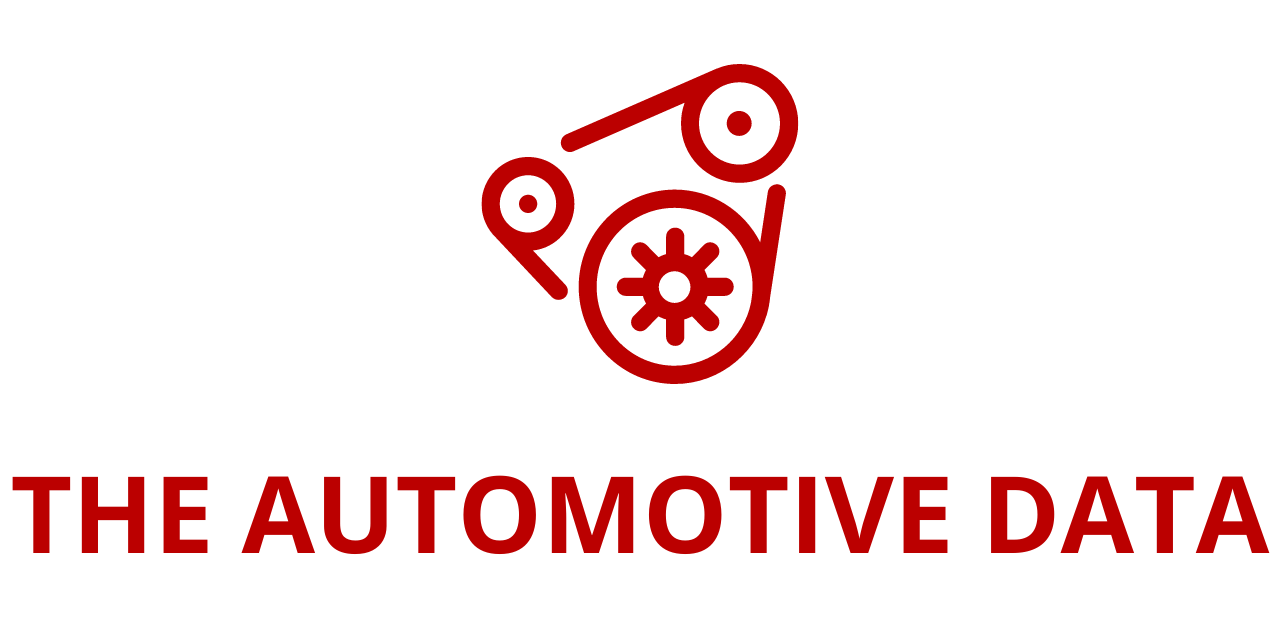
Global Auto Finance Market Set to Nearly Double by 2030 as Digital Innovation and OEM Incentives Drive Growth
Auto Finance – Global Strategic Business Report” to its extensive collection, shedding light on the booming auto finance sector worldwide. Valued at approximately $2.5 trillion in 2024, the global auto finance market is forecast to surge to $4.8 trillion by 2030, exhibiting a robust compound annual growth rate (CAGR) of 11.4% during the period from 2024 to 2030.
This expansive report offers a detailed analysis of key trends, market drivers, competitive landscapes, and regional forecasts. It also includes critical insights on evolving tariff regulations and their potential impact on the global auto finance environment—valuable information for industry stakeholders navigating an increasingly complex marketplace.
Transforming Auto Finance: From Traditional Lending to Digital Mobility Ecosystems
The auto finance sector is undergoing a fundamental transformation. Historically, financing options were mostly confined to loans and leases arranged through dealership networks. Today, however, auto finance is rapidly evolving into a digital-first, mobility-focused ecosystem designed to meet changing consumer expectations and new transportation realities.
Modern auto finance now encompasses a broad spectrum of services including:
- Online loan pre-approvals and digital application processes
- Flexible leasing arrangements tailored to short-term and subscription-based vehicle usage
- Usage-based financing models that reflect actual vehicle utilization
- Embedded finance offerings integrated directly within vehicle sales platforms or mobility services
These innovations are fueled by consumer demand for greater convenience, transparency, and customization. Particularly among younger buyers—Millennials and Gen Z—ownership is less about possessing a vehicle long-term and more about accessibility and flexibility. This shift coincides with the rise of alternative mobility options such as ride-sharing, car subscriptions, and electrified vehicle fleets.
Key Drivers Powering Market Expansion
Several critical factors are propelling the expansion of the auto finance market:
- Digital Innovation: Advances in fintech, cloud-based loan origination systems, and AI-powered underwriting tools are streamlining credit assessments and loan approvals. This enhances lender efficiency while improving consumer experiences by reducing paperwork and approval times.
- Financial Inclusion: Efforts to broaden access to credit, especially in emerging markets, are opening new customer segments. Alternative credit data like utility payments, rental history, and digital footprints help extend financing to underbanked populations and gig economy workers.
- New Mobility Trends: The surge in electric vehicle (EV) adoption, rising vehicle prices, and shifts in transportation behavior following the COVID-19 pandemic have increased demand for diverse financing options. Lease-to-own schemes, pay-per-use subscriptions, and embedded payment plans are gaining prominence.
- Regulatory Support: Governments are encouraging digitization through frameworks supporting digital Know Your Customer (KYC) processes, open banking, and credit transparency, facilitating smoother credit flows and consumer protection.
- Collaborations and Ecosystem Integration: Partnerships among banks, OEMs, dealers, and digital marketplaces are accelerating innovation in product offerings and distribution channels. Auto finance is increasingly data-driven, platform-based, and real-time.
The essential question remains: Can the auto finance ecosystem adapt quickly enough to be agile, inclusive, and sustainable while managing risks and maintaining trust?
Regional Growth Hotspots and Market Segments Leading the Charge
Auto finance demand is expanding vigorously across both mature and emerging markets:
- North America and Western Europe maintain leadership positions due to high vehicle ownership levels, advanced credit infrastructures, and strong fintech innovation. The U.S. market is rapidly embracing online financing platforms and marketplaces, while Europe is increasingly focused on flexible financing for EVs and shared mobility fleets.
- Asia-Pacific, particularly China, India, and Southeast Asia, is experiencing some of the fastest growth. Factors include rising middle-class populations, historically low vehicle ownership rates, and government initiatives promoting vehicle access and EV adoption.
Key consumer segments driving growth include:
- First-time car buyers seeking affordable and accessible financing solutions
- Self-employed and gig economy workers requiring flexible credit options
- Tech-savvy Millennials and Gen Z buyers favoring digital channels and subscription models
- Commercial fleet operators, ride-hailing drivers, and last-mile delivery providers with expanding financing needs for vehicles and related mobility services
In the EV domain, financing models are evolving to include battery leasing, bundled charging services, and government-backed subsidized loans, responding to the unique ownership and cost structures of electric vehicles.
Digital Platforms, AI, and Alternative Data: Reshaping Financing
The integration of artificial intelligence (AI) and machine learning is revolutionizing credit scoring, loan processing, and fraud detection. These technologies analyze both traditional financial data and alternative data sources such as rental payment history, utility bills, and online spending behavior. This enables lenders to extend credit more inclusively and accurately, particularly in underbanked and emerging market segments.
Mobile-first fintech lenders and neobanks are leading the charge by offering:
- Instant credit decisions
- Paperless application processes
- Seamless integration with vehicle purchasing platforms
Meanwhile, virtual showrooms and API-connected dealer networks allow consumers to complete the entire vehicle buying, financing, and insurance process online—often in a single digital session. Subscription ownership models and usage-based insurance are especially popular in urban centers, where flexibility is paramount.
Emerging technologies such as blockchain are being explored to increase transparency in loan origination, vehicle history verification, and to facilitate smart contract automation, promising even greater operational efficiency.
Report Highlights: What You Will Find Inside
The report covers an extensive range of market insights and data:
- Segment Growth: New vehicle finance is projected to reach $3.4 trillion by 2030, growing at a CAGR of 12.7%, while used vehicle finance is expected to grow at 8.7%.
- Regional Focus: The U.S. market is valued at nearly $691 billion in 2024, and China is forecasted to grow at 15.6% CAGR, reaching $1 trillion by 2030. Other key markets analyzed include Japan, Canada, Germany, and emerging Asia-Pacific economies.
- Competitive Landscape: Profiles of 36 leading companies such as Ally Financial, Ford Credit, BMW Financial Services, Carvana, Bank of America, and others, detailing their strategies, market share, and innovation focus.
- Tariff Impact: The report integrates updated tariff scenarios and their effects on sourcing costs, supply chains, and regional competitiveness through 2025 and beyond.
Broader Market Trends and Competitive Strategies
Several overarching trends shape the competitive landscape:
- OEM-backed finance arms are deploying incentives and tailored products to capture market share in highly competitive loan markets. These captive finance companies leverage customer loyalty and integrated service offerings.
- Subscription and pay-per-mile models challenge traditional loan and lease products by offering flexibility that appeals to younger, urban buyers.
- Risk and repossession management tools are becoming more sophisticated, helping lenders mitigate losses in volatile economic environments.
- Transparency regulations concerning interest rates and lending terms are pushing the market toward fairer and more consumer-friendly practices.
- Value-added services such as loyalty programs, insurance bundles, and vehicle maintenance packages are being embedded into financing solutions, enhancing customer retention and satisfaction.







